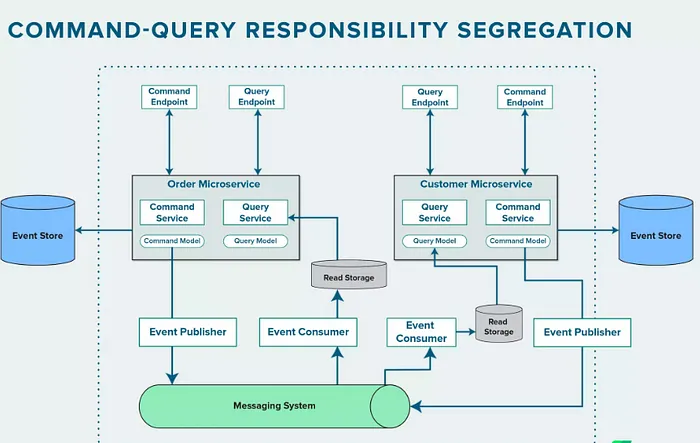CQRS + Event Sourcing Pattern Comparison
Command Query Responsibility Segregation Implementation
Compare how MongoDB and PostgreSQL handle CQRS + Event Sourcing patterns, examining event storage, read model optimization, and temporal querying capabilities.
🔍 Key Pattern Differences
MongoDB's document model naturally fits event storage with flexible schemas, while PostgreSQL requires careful schema design and additional tooling for effective CQRS implementation.
